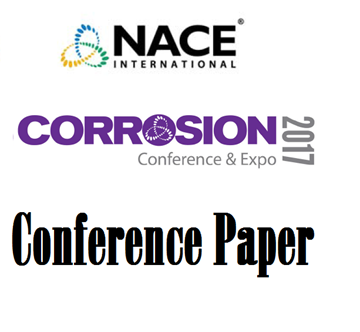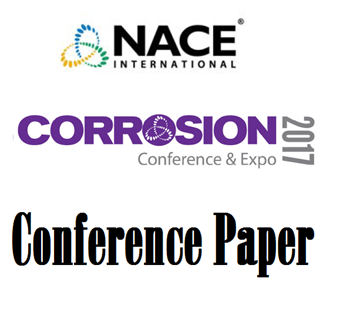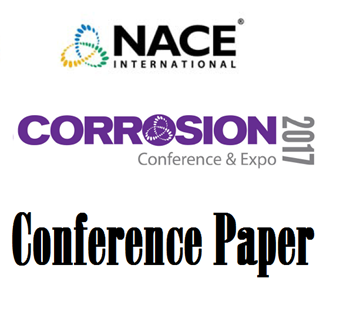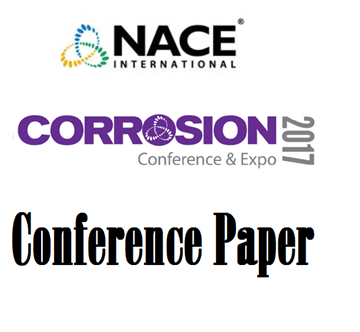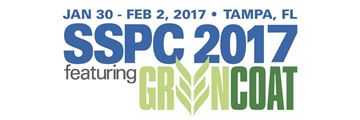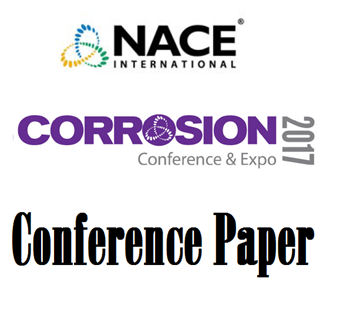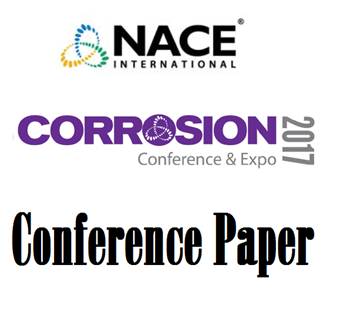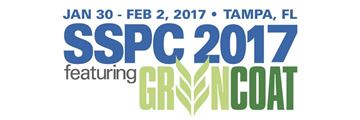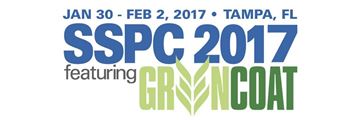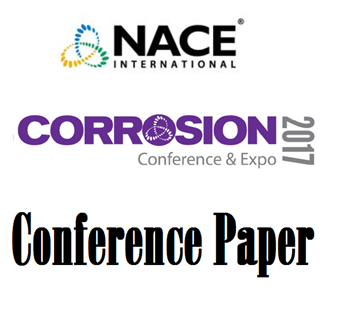Search
Products tagged with '2017 Conference Papers'
View as
Sort by
Display
per page
Protection of Deep Sea Steel Structures Using Thermally Sprayed Aluminium
Product Number:
51317--9009-SG
ISBN:
9009 2017 CP
Publication Date:
2017
$20.00
Protection of Equipment for Storage and Transport with VCI
Product Number:
51317--9026-SG
ISBN:
9026 2017 CP
Publication Date:
2017
$20.00
Qualification of Acid Systems for Wellbore Damage Removal: Case Histories from the Norwegian Continental Shelf
Product Number:
51317--9186-SG
ISBN:
9186 2017 CP
Publication Date:
2017
$20.00
Qualitative Assessment of Corrosion Rate in Oilsands Slurry Pipeline
Product Number:
51317--8951-SG
ISBN:
8951 2017 CP
Publication Date:
2017
$20.00
Quantification of Microbiologically Influenced Corrosion in Injection Water Pipelines
Product Number:
51317--9343-SG
ISBN:
9343 2017 CP
Publication Date:
2017
$20.00
Recent Experiences with UNS N08031 Plus Roll Bond Cladding
Product Number:
51317--9470-SG
ISBN:
9470 2017 CP
Publication Date:
2017
$20.00
Regulatory Update: Current and Emerging Trends in Occupational and Environmental Health
Product Number:
51217-049-SG
Publication Date:
2017
$20.00
Repair Coatings for TSA
Product Number:
51317--9369-SG
ISBN:
9369 2017 CP
Publication Date:
2017
$20.00
Researches on AC Corrosion Risk Assessment Criteria for Cathodically Protected Carbon Steel
Product Number:
51317--8962-SG
ISBN:
8962 2017 CP
Publication Date:
2017
$20.00
Residual Dye (Lubricant) on Galvanized Fasteners - How Much is Too Much?
Product Number:
51217-055-SG
Publication Date:
2017
$20.00
Respirable Crystalline Silica, It’s History, Disease and Osha’s New Standards: Understanding the New Regulations
Product Number:
51217-041-SG
Publication Date:
2017
$20.00
Retrofit and Management of Water Pipelines with Cathodic Protection: Case Studies
Product Number:
51317--9089-SG
ISBN:
9089 2017 CP
Publication Date:
2017
$20.00

